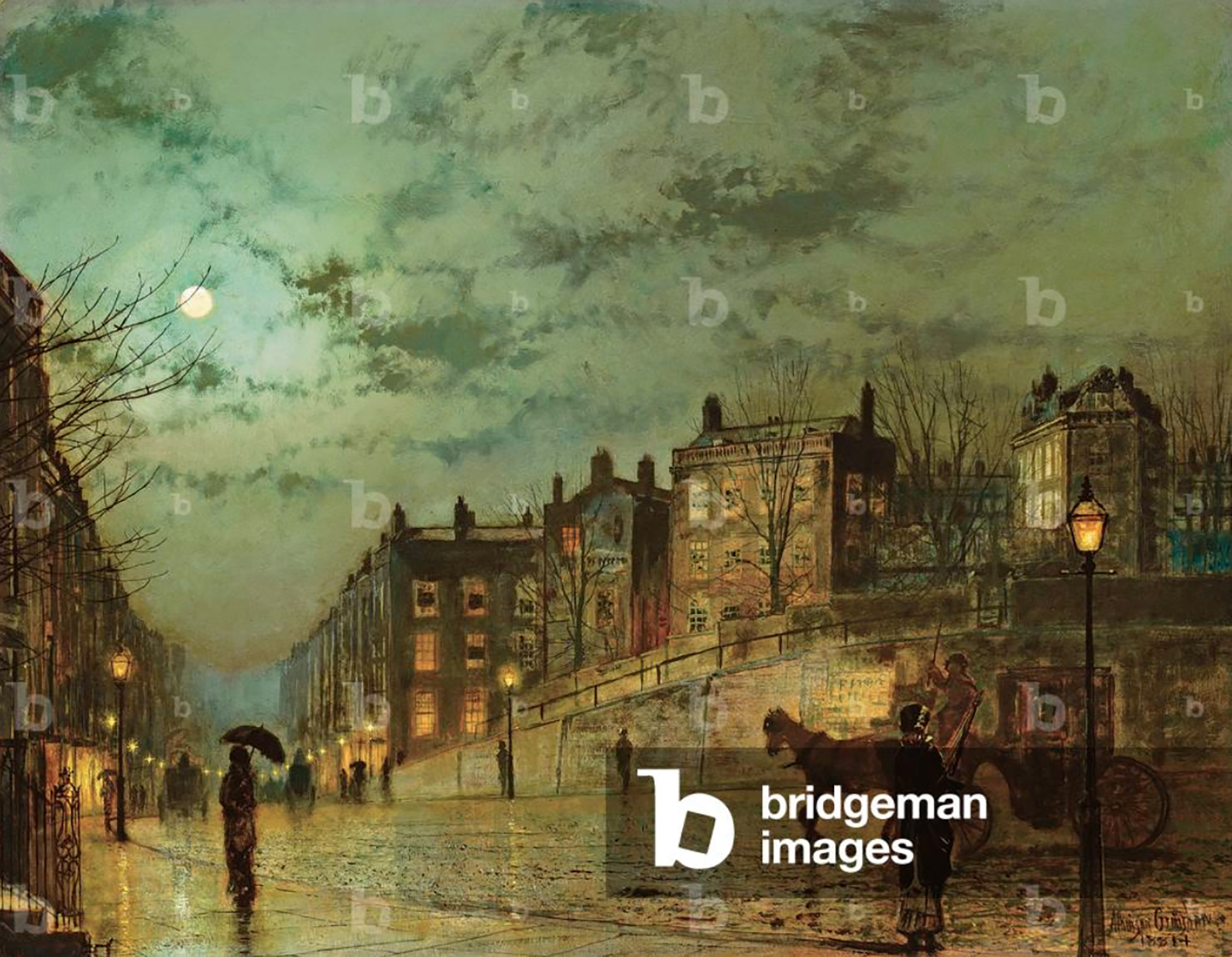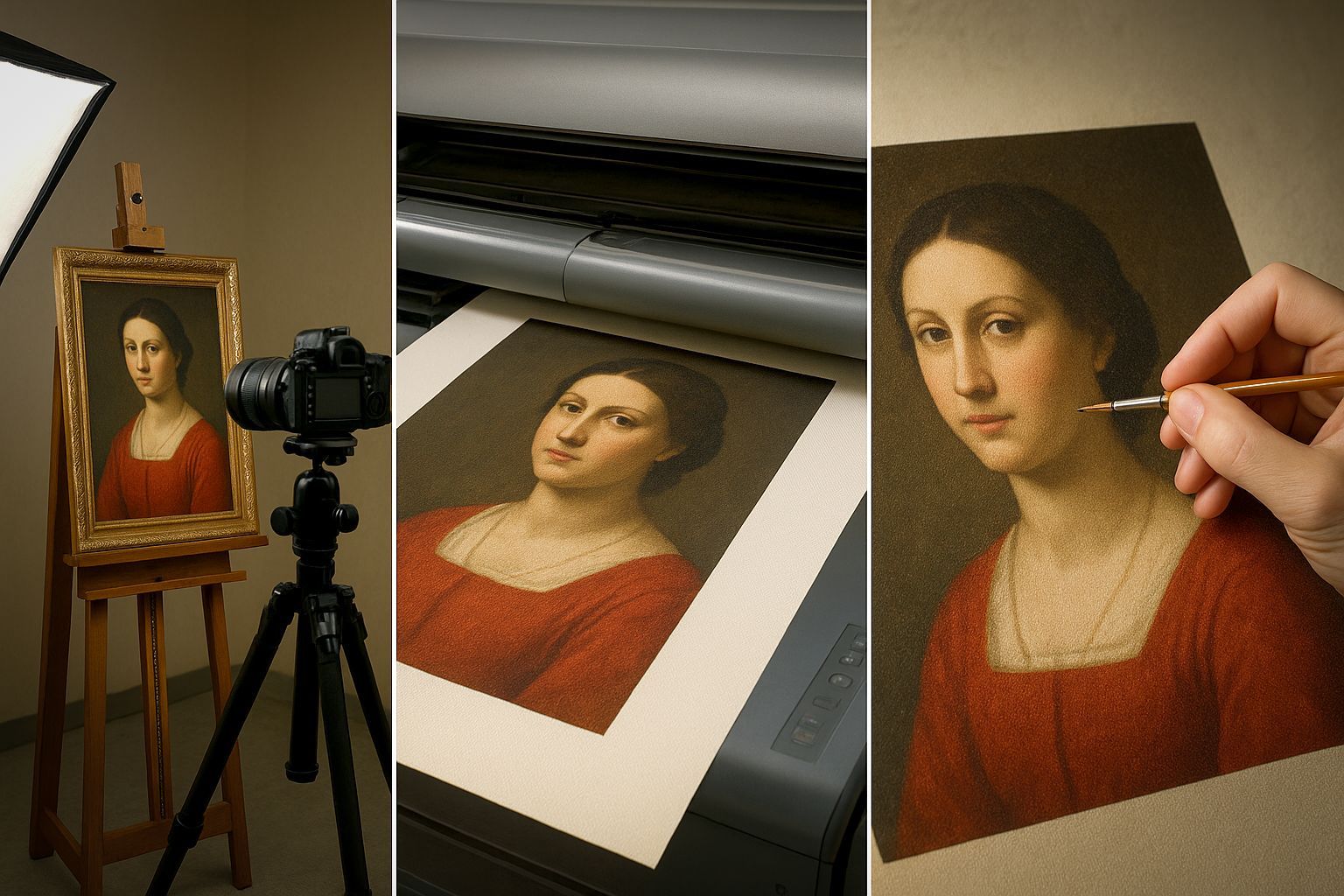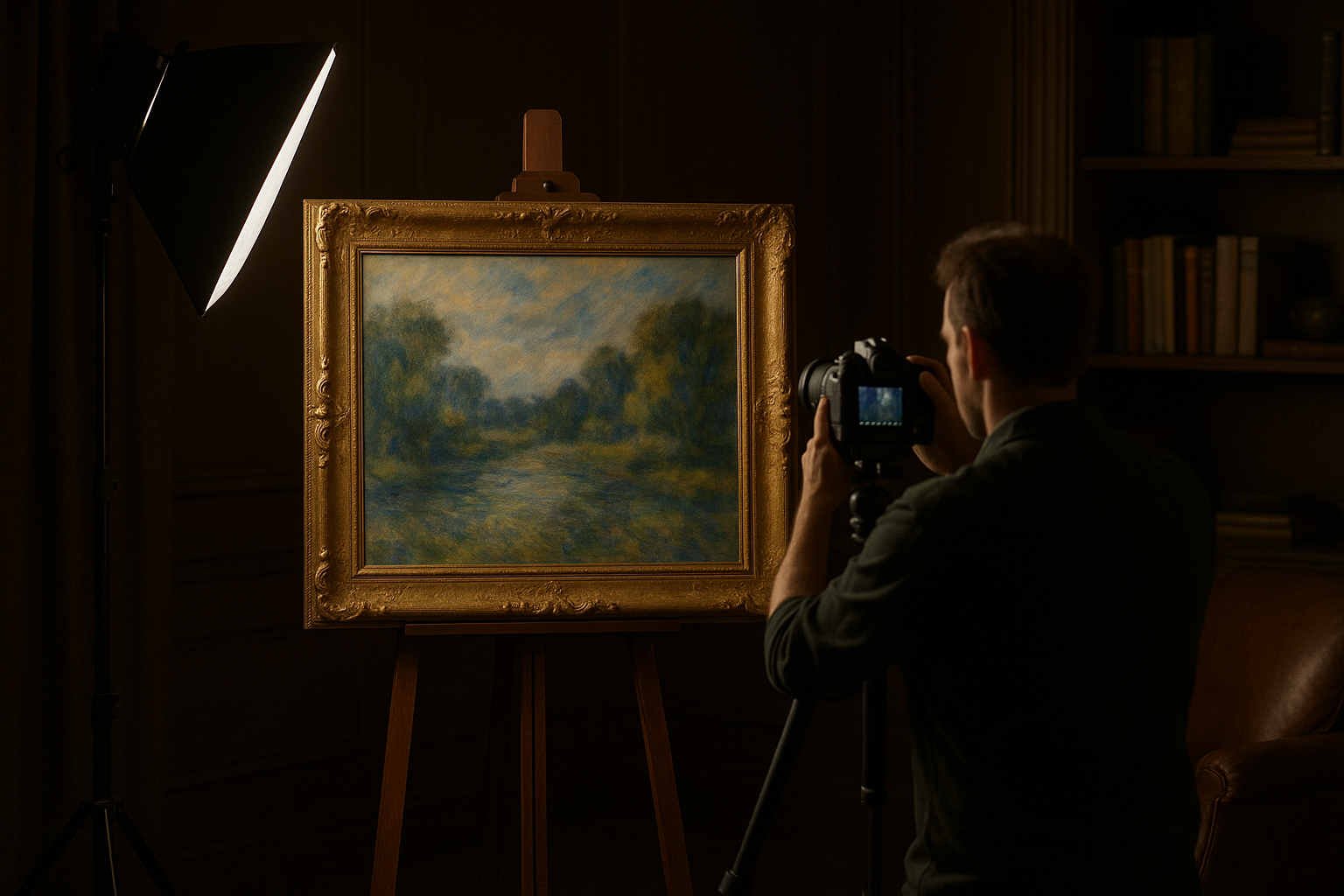How Museum-Grade Reproductions Support Multi-Property Art Ownership
For collectors, acquiring exceptional art is only part of the journey. Managing, securing, and enjoying that art—across multiple homes—presents a unique set of challenges. Whether it's a Georgian townhouse in London, a ski chalet in Verbier, or a coastal villa in Saint-Tropez, the question remains the same: How can collectors experience their treasured works wherever they are, without compromising the safety or integrity of the original?
The answer lies in museum-grade reproductions.

The Multi-Property Dilemma
Art collectors with multiple residences often face difficult choices:
- Transporting valuable originals across countries or continents increases the risk of damage or loss.
- Leaving masterpieces unattended in vacant homes may raise insurance concerns or create security vulnerabilities.
- Sacrificing aesthetic enjoyment by storing important works in climate-controlled vaults or displaying them in just one home.
In this context, museum-grade reproductions offer a seamless solution.
What Is a Museum-Grade Reproduction?
Museum-grade reproductions are not standard prints. They are meticulously crafted replicas produced using ultra-high-resolution photography, archival pigment inks, and hand-finishing techniques that recreate the texture, tonality, and presence of the original artwork.
These reproductions are often used by the world’s leading auction houses and fine art institutions—ensuring they meet the exacting standards demanded by professionals who handle the most significant works of art.

How They Enhance the Multi-Home Experience
1. Live With the Art You Love, Everywhere
With a reproduction in each residence, collectors no longer have to compromise. Whether you're hosting a dinner in New York or spending the summer in Tuscany, you can enjoy the emotional and visual impact of your collection without the need to move originals.
2. Security and Insurance Benefits
Insurers are increasingly supportive of solutions that reduce transport risk and limit exposure. Displaying a museum-grade reproduction while the original is in secure storage or on loan can offer peace of mind to both collector and insurer.
3. Preserving Originals, Enhancing Display
Some works are too fragile or valuable to be exposed to natural light or humidity fluctuations. Reproductions allow collectors to maintain the integrity of their originals while still sharing the story of the artwork in a fitting environment.
4. Customised for Every Setting
Reproductions can be framed and scaled to suit the interior design of each property. Whether the aesthetic is minimalist, classical, or contemporary, the work can be adapted accordingly—while maintaining complete fidelity to the original.
5. A Tool for Legacy and Education
Museum-grade replicas also serve as valuable tools in sharing a collection with family, heirs, or private advisors. They can be used for estate planning, cataloguing, or simply passing on an appreciation for the works without putting originals at risk.
Who Uses This Approach?
We’re increasingly seeing reproductions commissioned by:
- Private collectors with significant global holdings
- Family offices and estate managers
- Art consultants working with collector-investors
- Trustees overseeing heritage collections
-
At the highest levels of the art world, reproductions are no longer a compromise—they’re a strategic asset.
Capturing the Essence: The Art of Museum Quality Artwork Reproductions



